
Doctor of Science Jorge González Pérez, president of the Cuban Society of Legal Medicine, reported at a press conference on the search and identification process of the missing persons in the large-scale fire at the Matanzas supertanker base, last August 5.
On behalf of the experts and scientists who worked in the search for the remains, González Pérez conveyed condolences to relatives and friends of the 14 disappeared and said that a few minutes ago they finished the last interview with all the relatives, who were informed about this process of research.
The expert, who led this team, highlighted the years of experience of the Cuban criminalistics work system, with different actions in events that occurred in the country, and pointed out that the criminal investigation body is in charge of directing the process that includes to the experts, among which are the specialists of legal medicine.
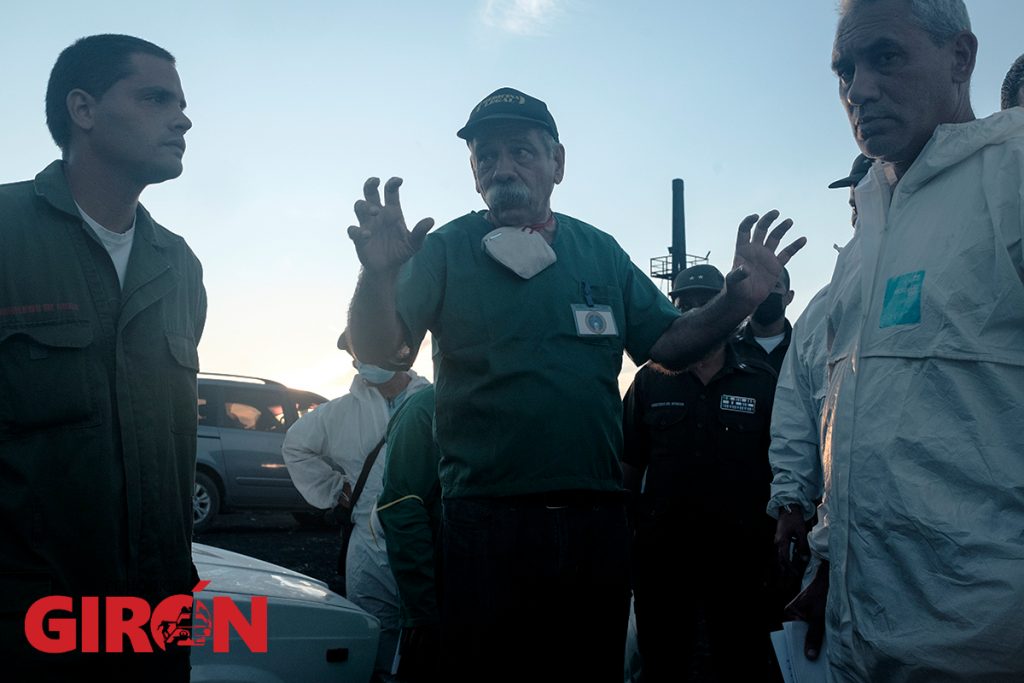
He added that Cuba has advanced technology, in accordance with current developments, for any type of investigation that may have resulted from this process, and recalled that work has been done on innumerable cases, although not with these characteristics, including the search for the remnants of Che's Guerrilla in Bolivia and in the so-called Tribute Operation for the repatriation of more than 2,000 Cubans who died fulfilling missions in different countries of the world.
Precisions of the fire and the expert work
Regarding the incident in the western Cuban province, he explained that it is a fire of great proportions and that the expert work was concentrated around tank 51.
It is estimated that the temperature in the center of the fire was more than a thousand or two thousand degrees Celsius, which, he said, will be proven criminalistically.
González Pérez commented that as part of the preparation of the work prior to the search, a modeling of what could be found was carried out.
“In a corpse incinerator like the ones in Cuba or in any country in the world, in two hours, at 800 degrees Celsius, a body turns to ash. In such a way that, based on this concept, the first modeling we did was that if the conditions there were due to the effect of the flames, everything could have disappeared”.
In other words, he continued, "the first model was that we were not going to find anything and that everything was ash dissolved in the fuel that had been spilled."

The second modeling took into account a possible collapse on a body, the fall of tubes or the detachment of a metallic element that could have fallen on a body and prevent carbonization, that is, a total incineration of that body.
According to the Doctor of Science, the specialists also took into account that, due to the fuel spill, the body could be under the liquid and the combustion would not be total depending on the moment in which the fire was extinguished.
He pointed out that, although the experts were already ready in Matanzas, it was necessary to wait until the area was extinguished to begin the investigation on the ground.
“We had to go in when there were still burning areas. There was smoke, we had to go in and out. There were colleagues whose shoes melted due to the intense heat on the ground. There were difficulties that were overcome as time went by and due to the action of the extinction team that was constantly there, also to protect us.”
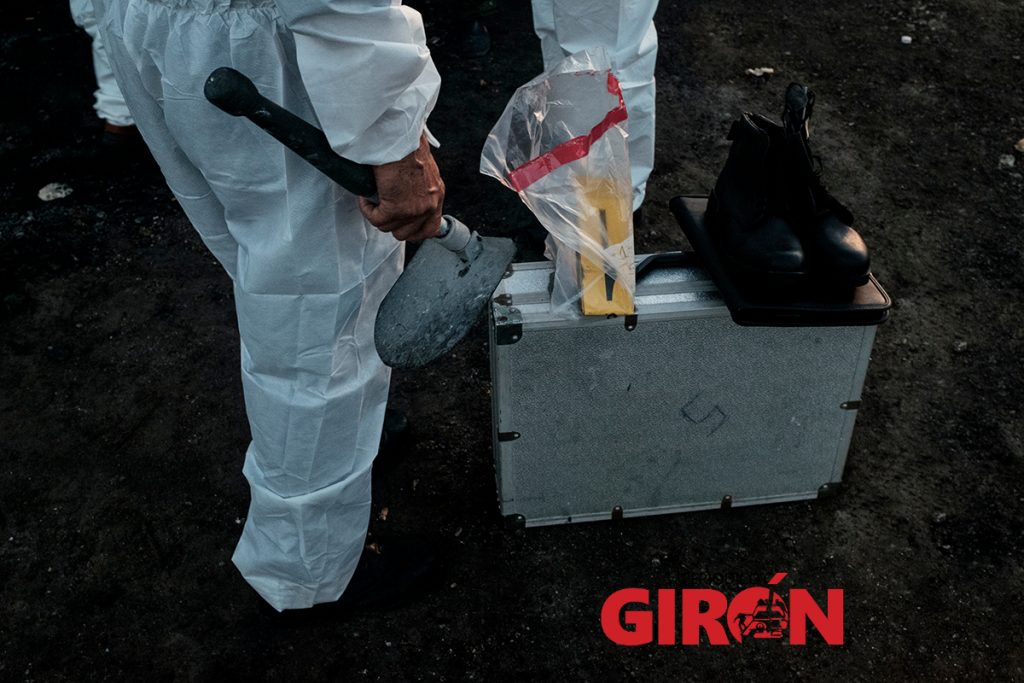
The forensic expert explained that the investigation showed that 30 people were around tank 51, which was learned from videos made by journalists and by the Minint and FAR bodies, with the use of drones.
Of those 30 people, one is the young firefighter from Bayamo who recently died, and of the remaining 29, 15 were interviewed by the criminal investigation bodies and the forensic doctors of Matanzas during the initial work to restore the identification files, leaving 14 missing.
He said that based on that information, a close-up of the location of all those who were supposed to be at the scene was made, as well as the firefighting equipment, the tank cars, the civilian vehicles and the water supply pipes of the military construction companies that were supporting at that time.
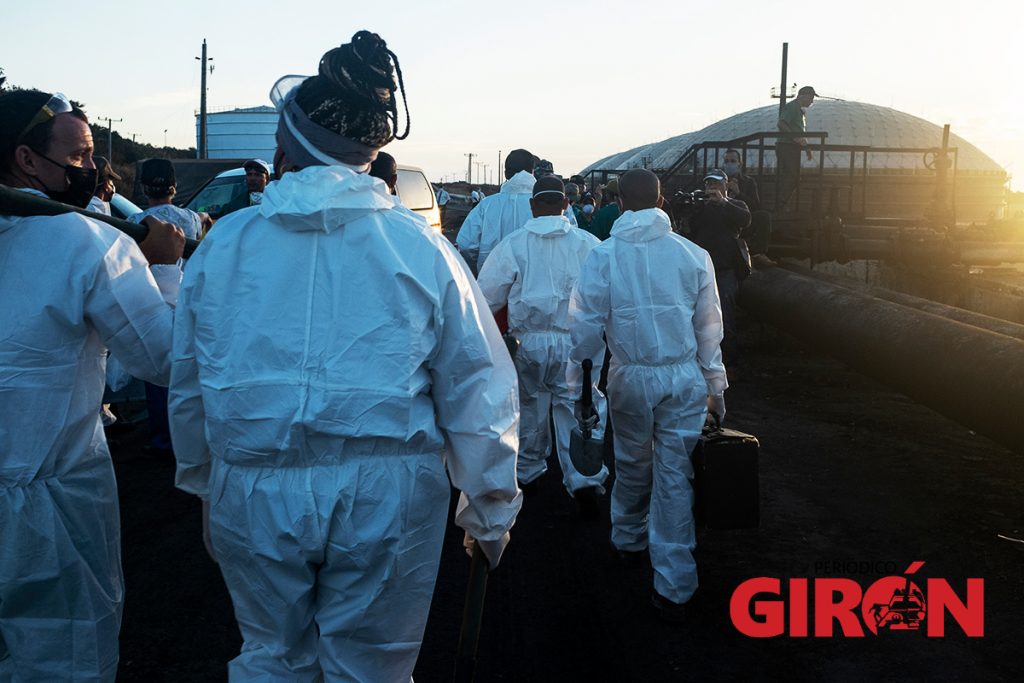
He explained that when the specialists entered the area they tried to locate the place where the 14 disappeared were, according to the witnesses, and they learned that a retaining wall had broken in the first tank that had been burned, spilling liquid from a bucket.
From the first moment, they noticed that the bucket had a slight inclined plane, with areas that were more humid than others were.
According to González Pérez, this was consulted with specialists from the National Petroleum Research Institute, who explained “as the effect of heat and fire passes, the original crude loses the volatile substances that compose it.
"The liquid becomes a paste and, if the effect of heat continues, it becomes what is called coke, which is already a stone."
The Doctor of Science specified that in the exploration it was observed that in the bottom area the soil is "coked".
Based on this information and with the use of the Revolutionary Armed Forces drones, an attempt was made to establish the movement of the flow of liquids.
The logic of physics indicated that there had been a displacement towards the bottom, which was confirmed because "one of the tank cars where the wall was broken was displaced and the liquid moved to the right and even penetrated through an electrical register”.
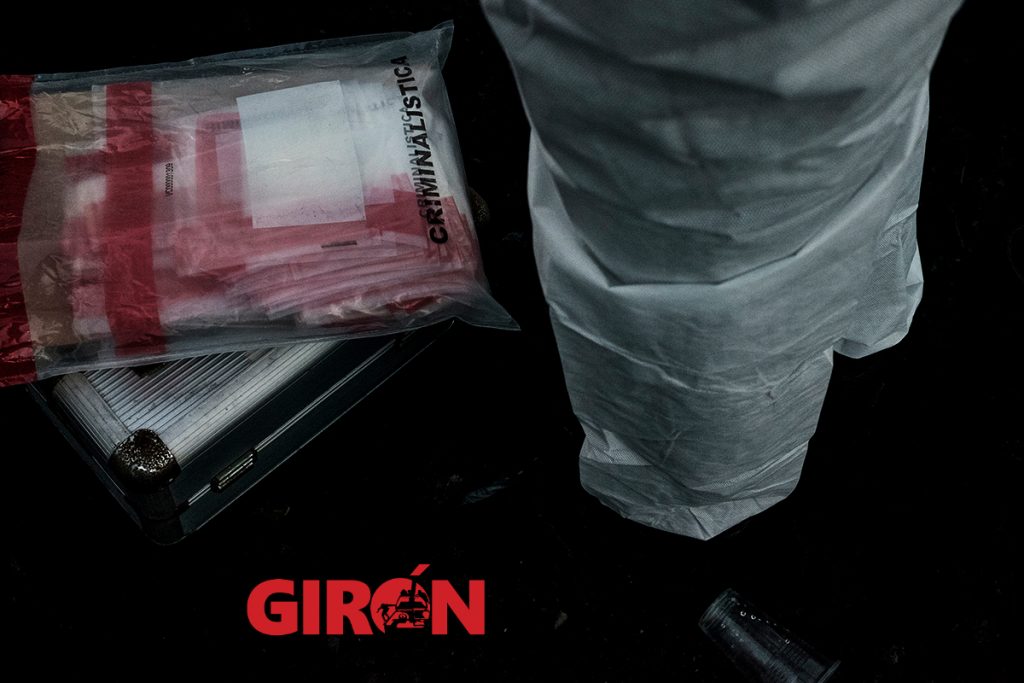
González Pérez clarified that the experts in criminalistics who are dedicated to this subject must verify these data later.
“All this was done to find out the dynamics of what was happening at the scene and to find out what could have happened to the bodies of those who were there at the time of the incident.”
Another piece of information provided by González Pérez indicates that one of the firefighting vehicles that was in front of tank number 51 had been moved to that place.
With these elements, the experts began the search, understanding that even when the witnesses said that the people had left them in a certain place, "it did not necessarily have to be there."
According to the expert, the experts homogeneously and organizedly swept an area divided into four quadrants, with sectors that had a 5 x 5 meter grid.
To carry out the search, the specialists had to ask the Armed Forces for picks and shovels, whose ends broke due to the strength of the “cokes”. In these conditions, it was also necessary to use a pneumatic hammer and it was possible to raise 1,679 square meters.
Jorge González: What we found was a relative identity

Regarding to international parameters, absolute identification can be established when there is a correspondence between the fragment and the identity of the person; while the relative or partial identification does not define who is a specific person, it only estimates if it is a man or a woman, its age, height.
"We were looking for an absolute identity and what we found was a relative identity," he said.
In the world, to establish an absolute identity, three elements are needed:
Use of the digital deca, “in this case, even if we have a file, we have nothing to compare against”.
Study of the teeth, which product of the fire is not a trace.
Forensic biology studies (DNA).
The Doctor of Science reported that it was not possible to apply the DNA extraction, since the remains found were subjected to high temperatures for a long time.
“We even consulted with international experts from the Ibero-American Network of Forensic Sciences, from various European countries such as Spain and Portugal, and we are available to receive any type of information related to this matter.
“The experts agree with us that, in the conditions of the incident, which we have also described and sent photographic material for its assessment, that it is impossible to apply any forensic biology technique that can be identified in this case.
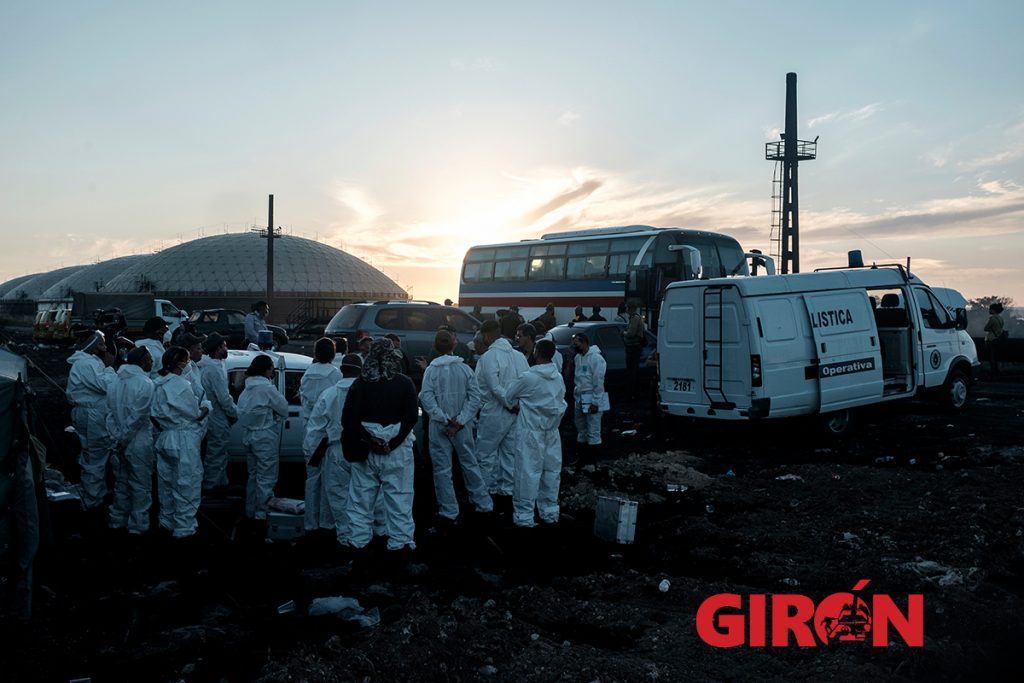
“Therefore, under these conditions, our team established that it is impossible to absolutely identify the remains. What we have explained to the relatives is that we have 14 groups of bone remains that correspond to the 14 disappeared persons, but that we cannot distinguish or differentiate one from another and give these remains a name.”
The president of the Cuban Society of Legal Medicine, questioned by the national and foreign press, explained that the experts and scientists have the lists of the disappeared, their age, characterization, “but it is not my responsibility and I do not have the authority to transmit that information. It belongs to the family”.
He said that in the next few hours it is up to the country's authorities to explain how the funeral services will be performed.

Regarding similar events, he recalled that when a plane crash in Cuba in 1989 only 25% of the victims were identified, there are even countries with common mausoleums for unidentified victims.
"When there is an absolute identity, there may be the family's right to dispose of, when there is no absolute identity, it is the corresponding authorities who determine where the remains are going to be placed."
He added that when a remains that is not identified is buried, "if there were a new technology tomorrow, that we would not have been able to use, we will do the exhumation and the investigation."
The president of the Cuban Society of Legal Medicine commented that, although an attempt was made to contact experts from the United States, unfortunately a videoconference could not be held through the Zoom platform, since its use is restricted in Cuba due to the blockade.




